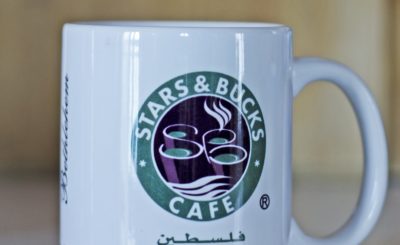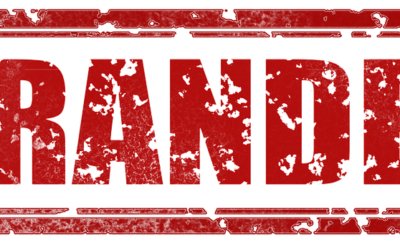Trademark Distinctiveness
One of the most important elements that the United States Patent and Trademark Office (“USPTO”) considers when granting federal registration to trademarks other than the mark being used first continuously in commerce is the distinctiveness of the mark. By gauging the distinctiveness of a mark the USPTO can determine the level of protection a mark is likely to attain. Trademark distinctiveness enables a consumer to identify particular goods as emanating from one producer or source and not another. Trademarks are divided into five categories of trademark distinctiveness: (1) fanciful, (2) arbitrary (3) suggestive, (4) descriptive, and (5) generic. If a mark is categorized as fanciful, arbitrary or suggestive, it is considered to be inherently distinctive and exclusive rights to the mark are determined solely by priority of use. A descriptive mark is only protectable if it has acquired secondary meaning in the minds of the consuming public. Secondary meaning refers to a mark being known by consumers despite its commonplace use in society. Secondary meaning is also crucial to establish protection for a mark using a personal name or a geographic term. The distinct the mark the better chance it has to be protected from infringement and the likelihood of confusion amongst consumers. Further, generic terms are never eligible for trademark protection because they refer to a general class of products rather than a unique source. It is important to note a mark can also become generic overtime through common use. Such an example would be Kleenex and tissue meaning the same thing. Distinctiveness is further explained below:

Distinctive marks can offer much greater legal protection than descriptive or generic marks. This is important to remember if you want to build a strong and protectable brand.
There are four different kinds of distinctive marks (not including generic which generally gets no protection):
-
Fanciful: marks are the strongest and the easiest to protect. They are entirely original terms or designs that have no meaning independent of their use as a trademark.
- Examples
- Kodak for cameras
- Nike for athletic apparel
- Verizon for communication services
- Examples
-
Arbitrary: marks typically are existing words, but are unrelated by meaning to the goods or services they promote. Like fanciful marks, a lot of effort and money is required for an arbitrary mark to become associated with a particular product.
- Examples
-
- APPLE for computers;
- AMAZON for an online retail marketplace; and
- NICKELODEON for a cable TV network
- Examples
-
- Examples
-
Suggestive: marks suggest a quality or characteristic of a product, but still require some imagination to understand the nature of the product or service that is promoted.
-
- Examples
- GREYHOUND for bus services;
- PLAYBOY for men’s entertainment; and
- COPPERTONE for suntan products.
- Examples
-
-
Descriptive marks: are hard to protect under trademark law. Descriptive marks are protected only if the user can prove that, over time and through continuous use in commerce, customers have come to recognize a particular mark as signifying a particular source of goods or services (secondary meaning).
- Examples:
- FROSTED MINI WHEATS for cereal;
- FOOD FAIR for supermarkets;
- HYATT for hotels (personal name marks are typically descriptive).
- Examples:






